Low Cost Carrier Cost advantage eroded – a message for Australia?
A report by Kyle Peterson of Reuters in Chicago has revealed that low-cost carriers like Southwest Airlines and JetBlue are seeing their cost advantage slipping as major and more traditional business model carriers slim down into leaner, meaner operations.
Peterson reports that it appears while low-cost carriers still have the upper hand in the war for low-fare travellers, experts say the cost gap between legacy carriers and low-cost rivals has narrowed, with cost-cuts by major airlines such as AMR Corp.’s American Airlines and UAL Corp.’s United Airlines having levelled the industry playing field.
“I don’t know who’s going to live or who’s going to die, but we do know this, it’s going to be a very nasty competitive mess,” airline consultant Michael Boyd said.
With all business class carrier Ozjet having failed to make a go of it over the end of 2005 and early 2006, and while aiming at the top end of the market, in operation terms it was really an LCC, what does the future hold for Qantas/Jetstar and Virgin Blue on Australia’s domestic routes?
Some US low-cost airlines, such as ATA Airlines Inc. and FLYi Inc.’s Independence Air, have already stumbled or fallen, with ATA having ended a 16-month bankruptcy in February and Independence ceasing operations in January.
Boyd said excess capacity in low-cost carrier markets has made it hard to raise fares and has eroded revenue to the point where it is a hazard to some carriers, noting that Southwest, JetBlue and AirTran Holdings Inc.’s AirTran Airways are adding about 250 100- to 150-seat planes to their fleets in the next 36 months.
In general, domestic air fares have risen by more than 10 percent in the last year, with capacity additions by low-cost carriers putting pressure on those airlines to cut ticket prices, but carriers probably will be able to support fares in spite of the new capacity, said Terry Trippler, an analyst at travel Web site Cheapseats.com.
Meanwhile, airlines like Southwest are being forced to move into markets they otherwise might avoid in hopes of poaching business from other carriers, with Southwest recently starting operations in Denver and Philadelphia and requesting gates at Washington D.C.’s Dulles International Airport. Boyd added, “today you have Southwest Airlines in a reactive mode opening up cities they probably would not have opened up previously”.
JetBlue, meanwhile, is considering deferring deliveries of some aircraft or issuing new equity as it seeks to keep costs down with Chief Executive David Neeleman saying last month JetBlue would scrutinize its routes for excess capacity.
The airline industry has been hurt by overcapacity, soaring fuel costs and stiff competition and these factors and others have forced major carriers to trim costs to more closely resemble their low-cost counterparts.
Delta Air Lines Inc. and Northwest Airlines Inc. are restructuring in bankruptcy, where they have court protection to cut costs, especially the costs of organized labor and UAL left bankruptcy in February after slashing its costs by $7 billion a year.
“Cost-cutting by major carriers represents a significant change in the industry, with nowadays low-cost carriers having to work much harder to sell tickets cheaper than the majors and this clearly is an issue,” said airline consultant Robert Mann. “In the last decade, network carriers have been spilling low-cost demand to carriers like Southwest and JetBlue.”
He said low-cost airlines may see their cost advantage diminish further as their hedges against oil exposure diminish, Southwest having used extensive hedging to blunt the impact of high fuel costs, but as the price of oil rises, Southwest’s newer hedges offer less protection.
U.S. crude oil hovered below $69 a barrel on Wednesday, not far from a record high above $70 and as of March, Southwest had hedged 70 percent of its fuel at $36 a barrel of oil, compared with hedges on 85 percent of its fuel consumption at $26 a barrel in 2005.
“It’s clear that Southwest and JetBlue costs go up when their hedges go out,” Mann said, adding “Low-cost carriers may lose more of their cost advantage over major carriers and there could well be consolidation or failures among those airlines”.
But Michael Roach, airline consultant at Roach & Sbarra, said it’s unlikely that major carriers will ever beat low-cost competitors at their own game.
A “well-established” brand like Southwest Airlines has traction, Roach said, also noting that AirTran is making the most of bankrupt Delta’s retrenchment on East Coast routes.
Are the warning bells ringing for Australia’s domestic duopoly in Qantas/Jetstar and Virgin Blue with Qantas hedging its bets by being both a legacy carrier and an LCC and Virgin Blue seemingly still trying to change its business model and increasing revenue? Please let us have your comments.
Report by The Mole
 United Kingdom
United Kingdom United States
United States Asia Pacific
Asia Pacific


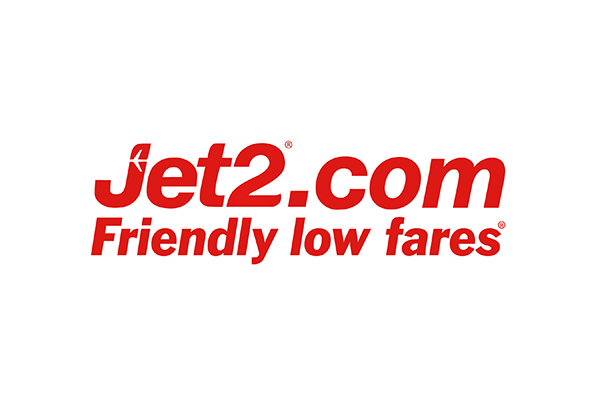







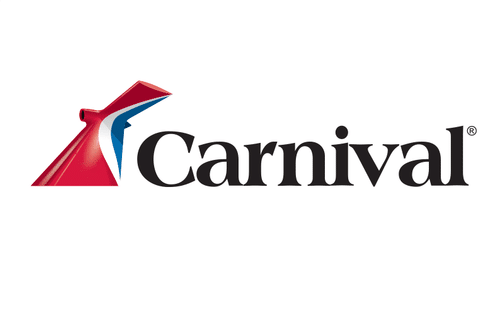
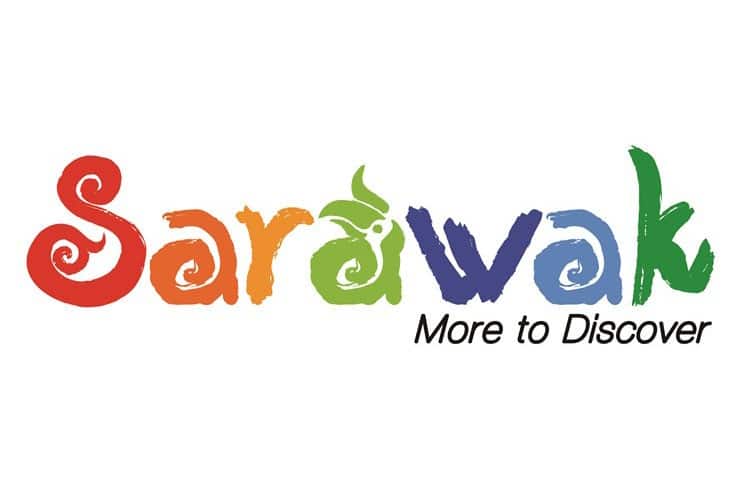

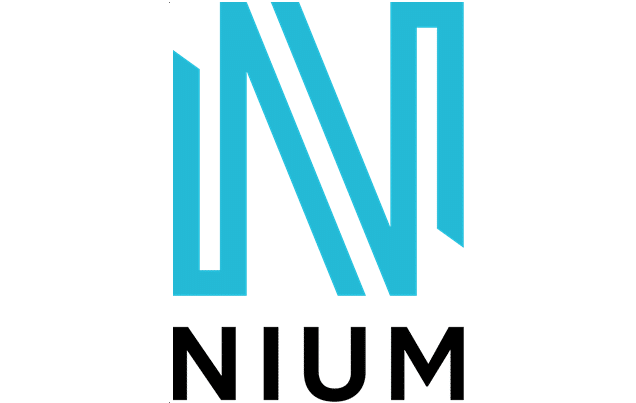


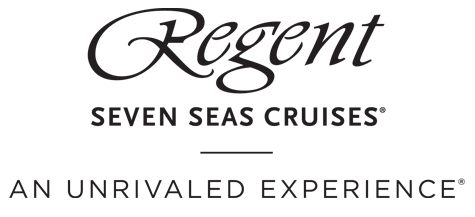
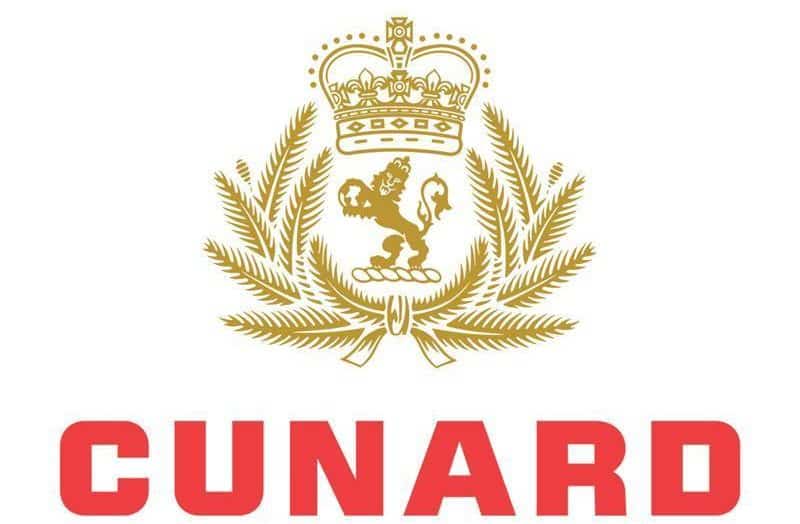

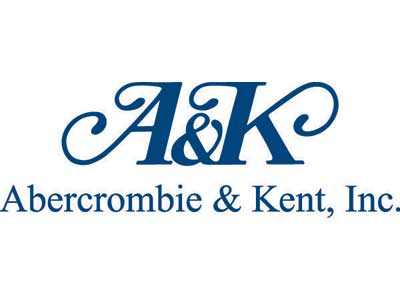

























Dozens fall ill in P&O Cruises ship outbreak
Woman dies after getting ‘entangled’ in baggage carousel
Turkish Airlines flight in emergency landing after pilot dies
Boy falls to death on cruise ship
Protestors now targeting Amsterdam cruise calls